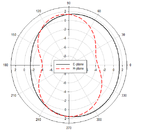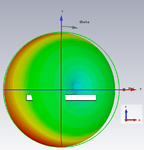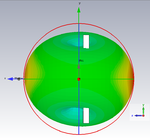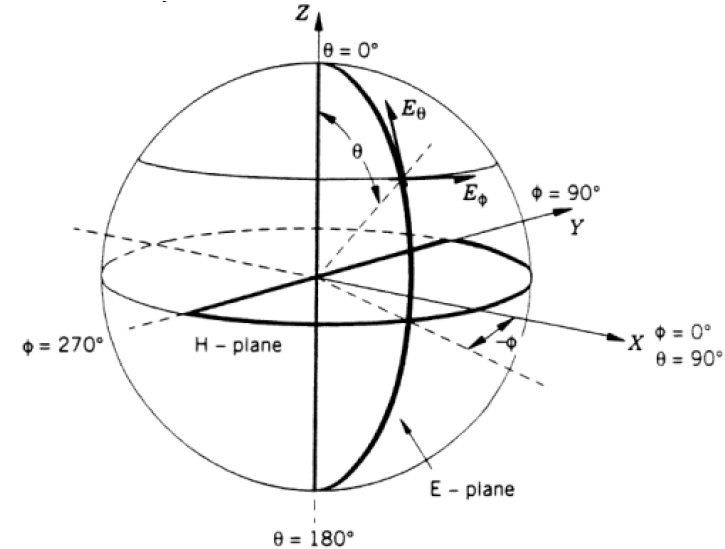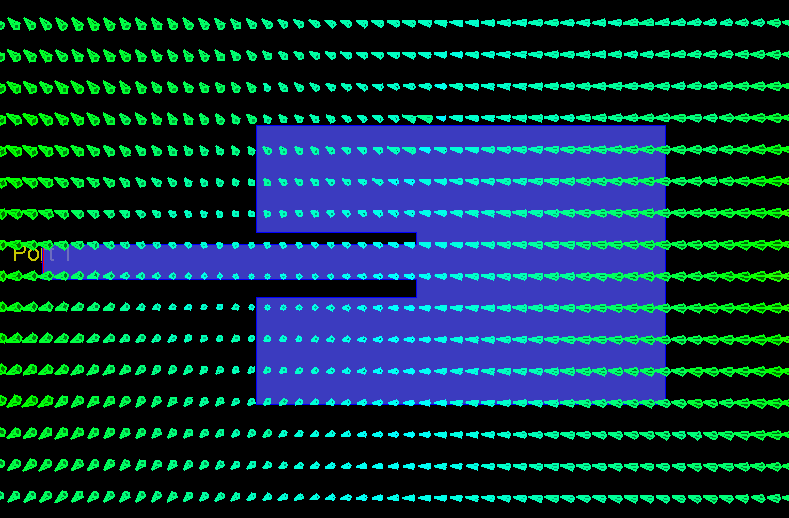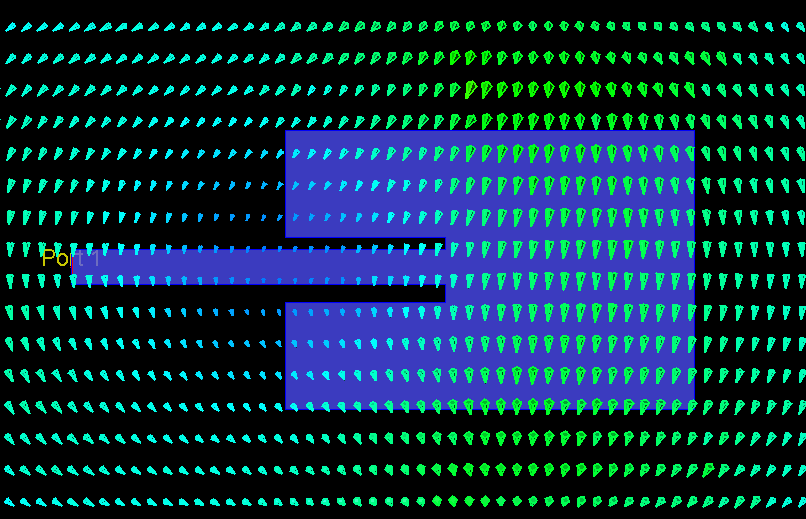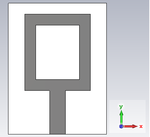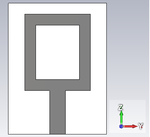Nano_o
Member level 2
Hallo,
I have a loop monopole antenna while visualizing the E and H patterns I get them swaped (E must be H and
vice versa). Any ideas about what could cause such thing!
Note: I took E plane (phi=0º) and H plane (phi=90º)
Regards!
I have a loop monopole antenna while visualizing the E and H patterns I get them swaped (E must be H and
vice versa). Any ideas about what could cause such thing!
Note: I took E plane (phi=0º) and H plane (phi=90º)
Regards!
